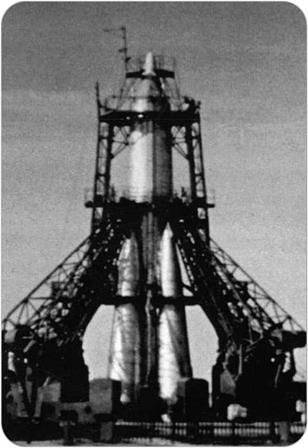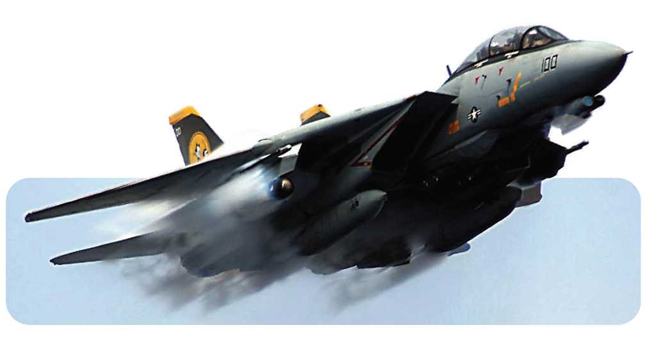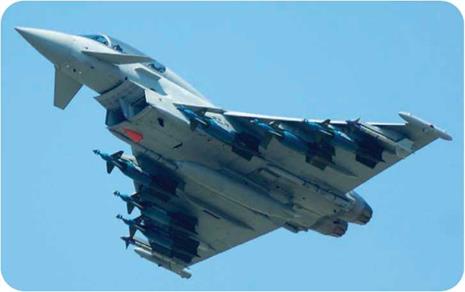Shock Waves and Sonic Boom
It is easy to tell if a plane is flying faster than sound because a supersonic plane makes a telltale boom as it flies past. The sound of an aircraft travels away from it in all directions through the air. Sound
travels faster than a subsonic plane, so a plane such as a jumbo jet can be heard coming before it passes overhead. A supersonic plane flies faster than its own sound, so it passes silently overhead before its sound arrives.
Supersonic aircraft compress, or squash, the air ahead of them, producing a high-pressure wave called a shock wave. Several shock waves form on various parts of the aircraft. As a plane nears the speed of sound, a shock wave forms in the middle of each wing. The shock wave forms over the wing first because the air flowing over the top of the wing speeds up. The speed of the wing relative to the air is therefore higher than the speed of other parts of the
aircraft relative to the air. So even when a plane is flying just below the speed of sound, the tops of its wings may be supersonic relative to the air, and that is where the first shock waves appear.
The biggest shock wave forms on an aircraft’s nose. It makes a cone shape, with the aircraft’s nose at the cone’s tip. This shock wave spreads out into the surrounding air and travels all the way down to the ground. As it sweeps across the ground, the sudden change in air pressure it causes sounds like a boom to anyone below the shock wave.
The intensity of this sonic boom depends on an aircraft’s altitude. The higher it is, the more time the shock wave has to spread out into the surrounding air, reducing its intensity. A supersonic plane flying at an altitude of more than 35,000 feet (10,700 meters) makes a loud, thunderlike sonic boom. The same plane flying at the same speed, but at an altitude of less than 10,000 feet (3,050 meters), produces a sonic boom powerful enough to shatter windows. For this reason, Concorde was only allowed to fly at supersonic speeds when at high altitude and over water.












 phone calls to friends and relatives what had happened to the other three planes. They decided to attack the hijackers. The plane went out of control and crashed near Shanksville, Pennsylvania.
phone calls to friends and relatives what had happened to the other three planes. They decided to attack the hijackers. The plane went out of control and crashed near Shanksville, Pennsylvania.

 О The new Eurofighter Typhoon has delta wings and uses canards for lift and maneuverability.
О The new Eurofighter Typhoon has delta wings and uses canards for lift and maneuverability.